Table of Contents
ALL ABOUT THE BARD
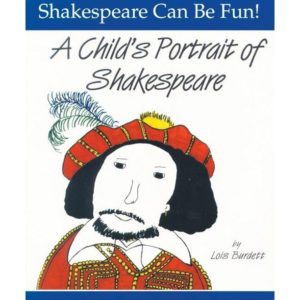
|
Lois Burdett’s A Child’s Portrait of Shakespeare (Firefly Books, 1995) is a picture-book biography related in rhyming couplets, and illustrated by early-elementary students. For ages 5-9. |
| From Kids Discover, which publishes gorgeously illustrated short non-fiction magazines for kids, see the Shakespeare issue for a catchy overview of Shakespeare’s life, work, and times (and a great cutaway illustration of the Globe Theatre). For ages 6-12. | |
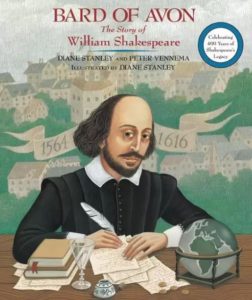
|
By Diane Stanley and Peter Vennema, Bard of Avon (Morrow Junior Books, 1998) is a beautifully done and well-balanced biography, with great full-page illustrations and an interesting “Postscript” in the back on Shakespearean language and spelling. For ages 7-11. |
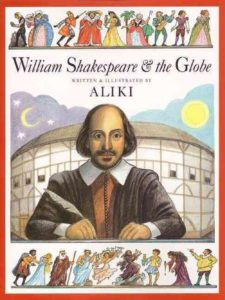
|
Aliki’s William Shakespeare and the Globe (Harpercollins, 1999) presents Shakespeare’s life as a picture-book play in five Acts, with charming illustrations and lots of additional information in little sidebars and boxes. For ages 7-11. |
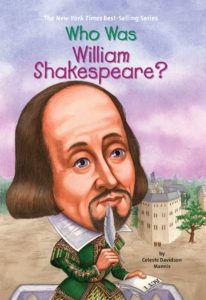
|
Celeste Mannis’s Who Was William Shakespeare? (Grosset & Dunlap, 2006) is an attractive short chapter book on the life and times of Shakespeare, with a lot of interesting asides – a list of words coined by Shakespeare (puppy dog, rascally, zany), a capsule biography of Queen Elizabeth I, an explanation of blank verse. A good pick for ages 8 and up. |
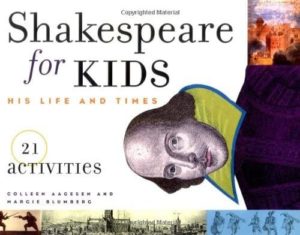
|
Shakespeare for Kids by Colleen Aagesen and Margie Blumberg (Chicago Review Press, 1999) is an informational activity book on the life and times of Shakespeare. Included, along with biographical and historical background information, are suggestions for staging a scene from Shakespeare’s Julius Caesar, and directions for making an Elizabethan costume and a sword, a pomander ball, a quill pen (to be used for composing a sonnet), and a recipe for a yummy dish of Elizabethan Apple Moye. For ages 9 and up. |
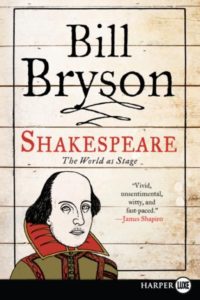
|
Bill Bryson’s Shakespeare: The World as Stage (HarperPerennial, 2008) is a wonderful and witty 200-page biography of Shakespeare (“at once the best known and the least known of figures”). For teenagers and adults. |
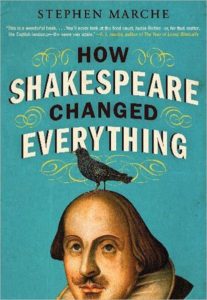
|
Stephen Marche’s How Shakespeare Changed Everything (HarperPerennial, 2012) is an interesting and informational account of how Shakespeare impinges on all aspects of culture. For example, his influence led to the rise of black actors on Broadway, the introduction of starlings to America, and the murder of Abraham Lincoln, and helped form our attitudes toward sex and young love. A final chapter dwells on who Shakespeare was (or wasn’t). A fun read for interested teenagers and adults. |
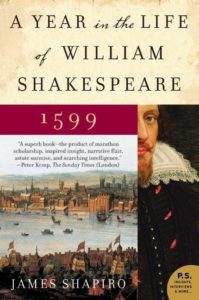
|
James Shapiro’s highly readable A Year in the Life of William Shakespeare: 1599 (HarperPerennial, 2006) covers a landmark year both in Shakespeare’s life and in British history. Shakespeare wrote four of his most famous plays and saw the building of the Globe Theater; England dealt with the threat of a second Armada, a disastrous campaign in Ireland led by the Earl of Essex, and worries about succession to the throne. Thoroughly interesting, for teenagers and adults. |
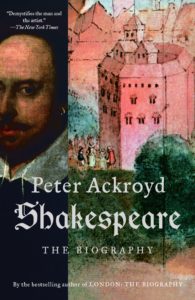
|
Peter Ackroyd’s Shakespeare: The Biography (Anchor Books, 2006), an in-depth coverage of Shakespeare’s life and times, is crammed with interesting information. Highly recommended for teenagers and adults. |
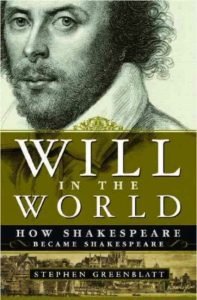
|
Stephen Greenblatt’s award-winning Will in the World: How Shakespeare Became Shakespeare (W.W. Norton, 2005) interweaves Shakespearean biography with the world of the Elizabethans. A great read for teenagers and adults. |
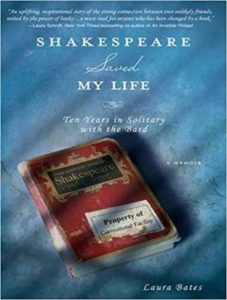
|
Laura Bates’s Shakespeare Saved My Life: Ten Years in Solitary with the Bard (Sourcebooks, 2013) is the story of the author’s experience teaching Shakespeare to prison inmates – notably to Larry Newton, who spent ten years in solitary confinement after a murder conviction as a teenager, and for whom Shakespeare was a life-changing revelation. For teenagers and adults. |
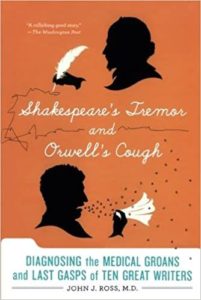
|
John J. Ross’s Shakespeare’s Tremor and Orwell’s Cough (St. Martin’s Press, 2012) is subtitled “The Medical Lives of Famous Writers” – various chapters cover the ailments of William Shakespeare, John Milton, the Bronte family, Jack London, Herman Melville, and more. For older teenagers and adults. |
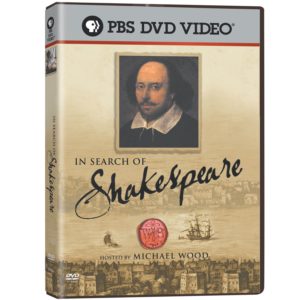
|
From PBS, the four-part series In Search of Shakespeare is a delightful mock investigation into the life and times of the Bard, conducted in part by the fictional John Fribbling, agent of the state, out to apprehend William Shakespeare, suspected Papist and free thinker. The text of “The Fribbling Reports” is on the website. (It begins: “I have a lump the size of an Alderman’s backside on my head, and I strongly suspect that young Shakespeare is to blame.”) Also at the site: a teacher’s guide with lesson plans and the Playwright Game (could you succeed as an Elizabethan playwright?). |
| The BBC’s William Shakespeare site, targeted at elementary-level kids, has basic information on Shakespeare’s life and work, fun facts about Shakespeare, and an interactive “To Be or Not to Be” gameshow-style Shakespearean game. | |
 |
From the Folger Shakespeare Library, Shakespeare for Kids has Shakespearean games, puzzles, and challenges, fun facts, info on the life and times of Queen Elizabeth I, activities for kids based on items in the library collection, an exhibit of favorite Folger treasures, a page for sharing writing and artwork, and much more. There’s also an extensive list of resources for teachers. |
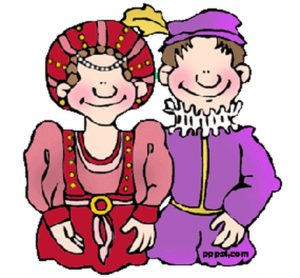 |
From creative teacher Mr. Donn, William Shakespeare has PowerPoint presentations and lesson plans, background information, summaries, paraphrases, full texts of several plays, and games and activities centered around Elizabethan England. |
| The Shakespeare Resource Center is a great comprehensive site, variously covering Shakespeare’s biography and will, his works, language, the authorship debate, the Globe Theatre, and more. Each topic has a list of related websites. Also included is an extensive reading list. | |
| How did Shakespeare spell his name? And what did he look like? Shakespeare Online deals with these questions and much more: included on the website, for example, are a complete list of Shakespearean characters, a guide to Shakespearean theatres, study questions and quizzes on the plays, and info on Elizabethan outfits and Ophelia’s flowers. | |
| ShakespeareMag.com is a great source for educational and learning resources about William Shakespeare, with a wealth of helpful info on Shakespeare’s life and works, teaching suggestions, a list of “Most Popular Shakespeare DVDs” (among them West Side Story and Forbidden Planet), and more. | |
| Eye Shakespeare – a free download from iTunes – is intended to enhance the experience of tourists visiting Shakespeare’s Stratford-upon-Avon. Lots of cool features, including lectures from Shakespeare himself and a 3-D reconstruction of the Elizabethan-era town. |
